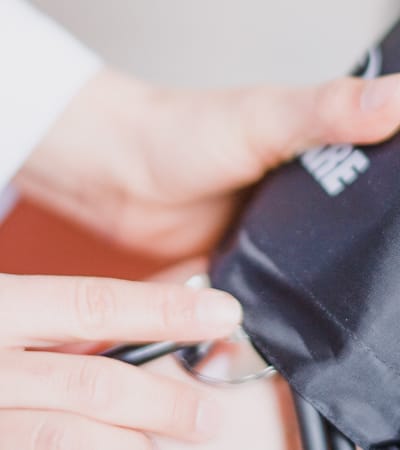Syndactyly of the Hand
Causes
Syndactyly of the hand occurs during pregnancy. In most cases, the baby’s fingers do not separate because of a genetic defect. Abnormalities such as toxins in the womb may also cause this condition. Syndactyly of the hand can also occur along with other conditions.
Symptoms
Symptoms of syndactyly of the hand varies depending on the variation. Simple syndactyly occurs when the fingers are joined together by skin or tissue only. Complex syndactyly occurs when the bones are also joined together. Complicated syndactyly occurs when extra bones or tendons have formed abnormally.
Diagnosis
Syndactyly of the hand is diagnosed at birth and can often be identified in prenatal ultrasounds. X-rays will be used to understand the structure of the hand and to determine the best options for treatment.
Treatment
Syndactyly is treated with surgery to separate the joined fingers. Surgery typically takes place between ages one and two. In minor cases, the surgeon will cut the webbing between the fingers and place the arm in a cast while it heals. In severe cases, skin grafts from other parts of the body may be required to help cover the fingers. In other cases, surgery may not be recommended. After surgery, occupational therapy may be recommended to reduce scarring and improve function.
.




